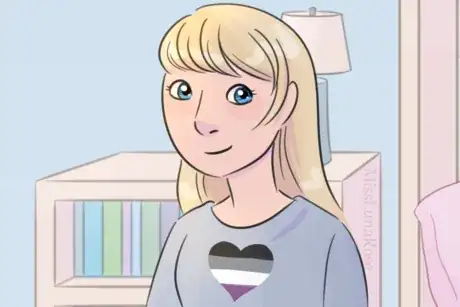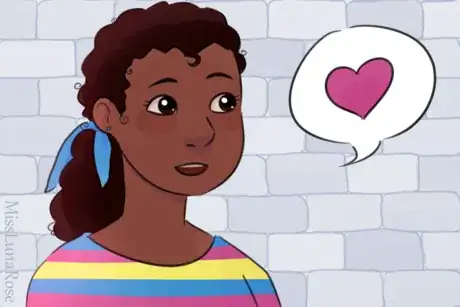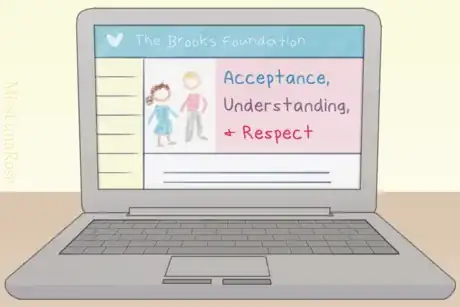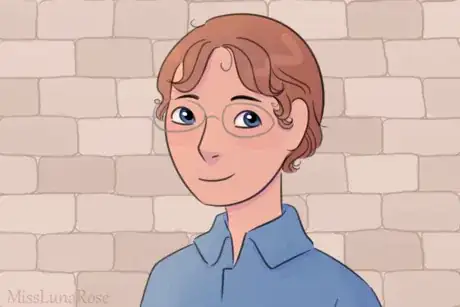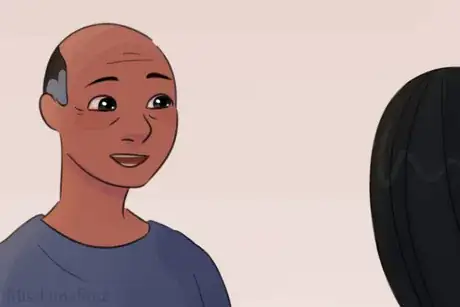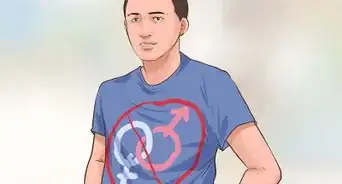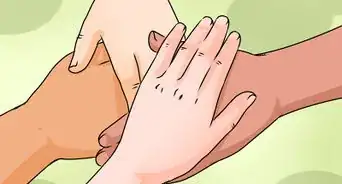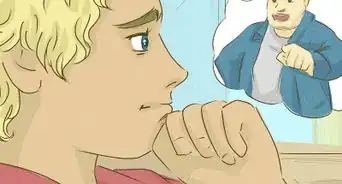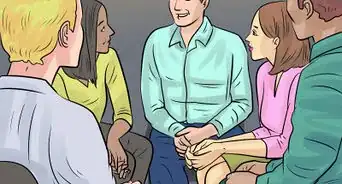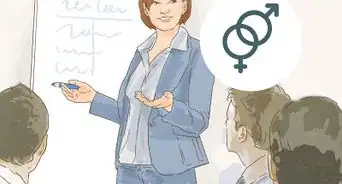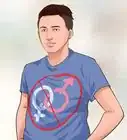This article was co-authored by Deb Schneider, LCSW, PPSC. Deb Schneider is a Licensed Clinical Social Worker in private practice in Oakland, CA, and a Program Manager for the Weiland Health Initiative at Stanford University. With over 15 years of experience, she specializes in creating safe spaces, respectful of marginalized identities, at the high school and college levels. Deb holds a Bachelor’s degree in Sociology and Women's Studies from Clark University and a Master of Social Work (MSW) with Health Concentration from the University of California, Berkeley School of Social Welfare.
wikiHow marks an article as reader-approved once it receives enough positive feedback. In this case, 100% of readers who voted found the article helpful, earning it our reader-approved status.
This article has been viewed 36,996 times.
Sometimes, it takes time to figure out who you are sexually attracted to. If gender doesn't play a role in your interest, you may be wondering whether "asexual" or "pansexual" describes you best. This article describes some signs you can look out for to help you determine what descriptors best fit you.
Steps
Community Q&A
-
QuestionI have never had a crush, and I sometimes think that both girls and boys are handsome or pretty. What does this mean?
 Community AnswerYou may be experiencing aesthetic attraction, where you think someone is very attractive. Some aromantic people do experience aesthetic attraction, where they think someone is really good-looking but wouldn't want to date, hold hands, or do any romantic things. It's possible that you're an aromantic person who experiences aesthetic attraction from time to time. There's nothing wrong with that. Try doing some reading on the different types of attraction, and on different orientations, to help you better understand them and figure out what fits you best.
Community AnswerYou may be experiencing aesthetic attraction, where you think someone is very attractive. Some aromantic people do experience aesthetic attraction, where they think someone is really good-looking but wouldn't want to date, hold hands, or do any romantic things. It's possible that you're an aromantic person who experiences aesthetic attraction from time to time. There's nothing wrong with that. Try doing some reading on the different types of attraction, and on different orientations, to help you better understand them and figure out what fits you best. -
QuestionI'm very confused about all this. I have had crushes on girls and boys before, but recently discovered that I don't feel comfortable with the concept of sex. Can I be both?
 Community AnswerYou can be biromantic or panromantic and still be asexual. You may want to do some research into these terms. Keep in mind that the way you identify may change over time, and that's perfectly fine.
Community AnswerYou can be biromantic or panromantic and still be asexual. You may want to do some research into these terms. Keep in mind that the way you identify may change over time, and that's perfectly fine. -
QuestionI used to get really stressed and would masturbate to porn to take my mind off the stress. Other than that I have no sexual attraction. Am I still asexual?
 Community AnswerYes. Asexuality is the absence of sexual attraction. Some asexuals do masturbate to blow off steam or relax.
Community AnswerYes. Asexuality is the absence of sexual attraction. Some asexuals do masturbate to blow off steam or relax.
References
- ↑ http://www.asexualityarchive.com/possible-signs-of-asexuality-part-1-about-you/
- ↑ http://www.asexualityarchive.com/possible-signs-of-asexuality-part-2-about-sex/
- ↑ http://www.asexualityarchive.com/possible-signs-of-asexuality-part-3/
- ↑ Deb Schneider, LCSW, PPSC. Licensed Clinical Social Worker. Expert Interview. 2 April 2021.
- ↑ Deb Schneider, LCSW, PPSC. Licensed Clinical Social Worker. Expert Interview. 2 April 2021.
